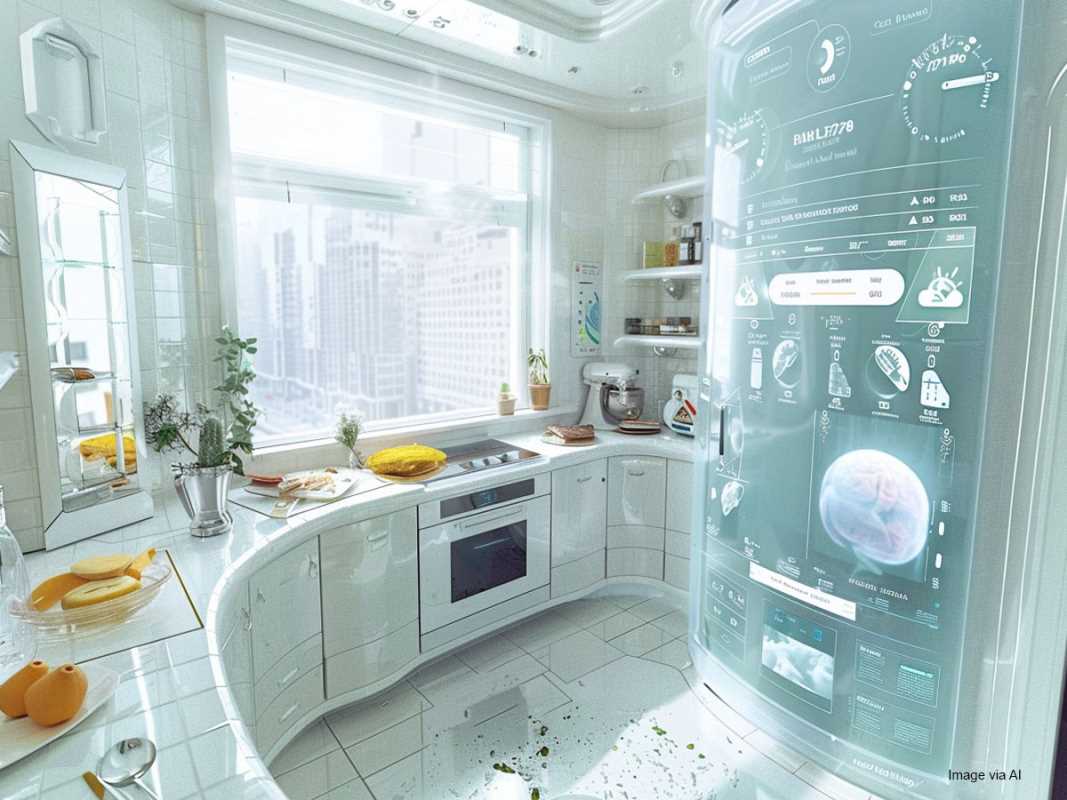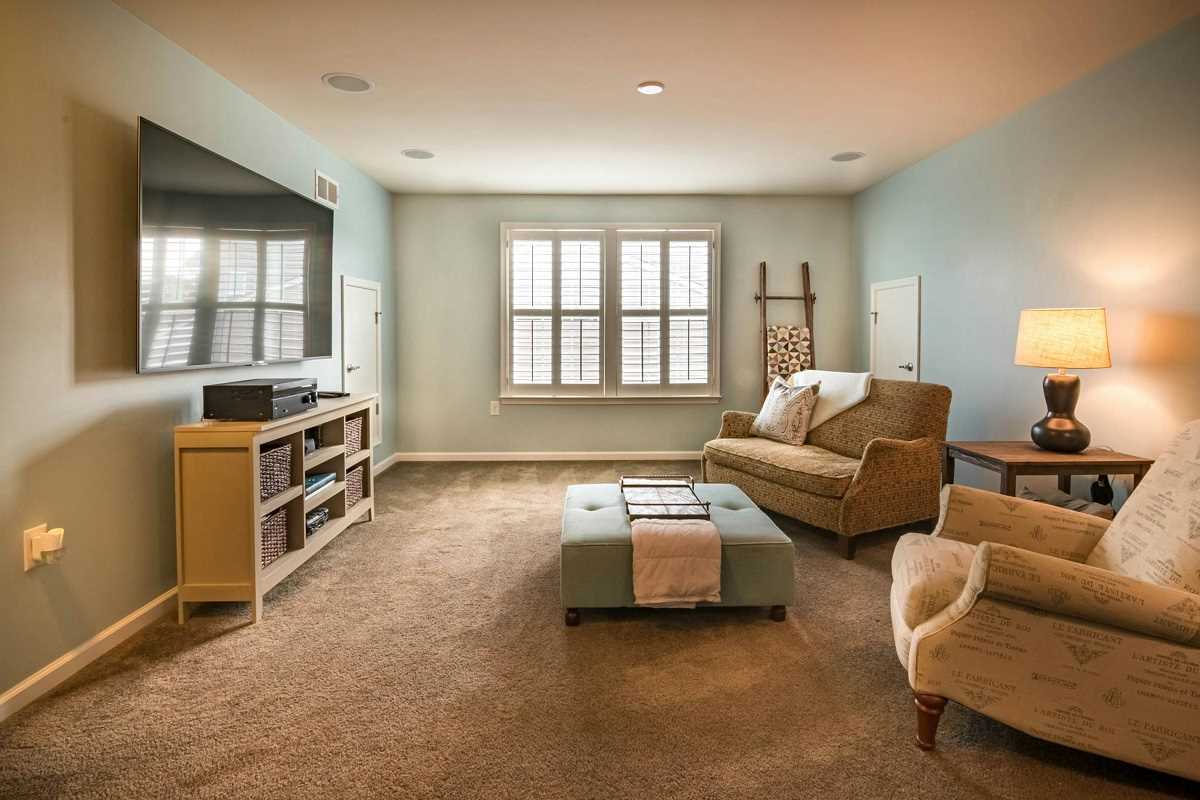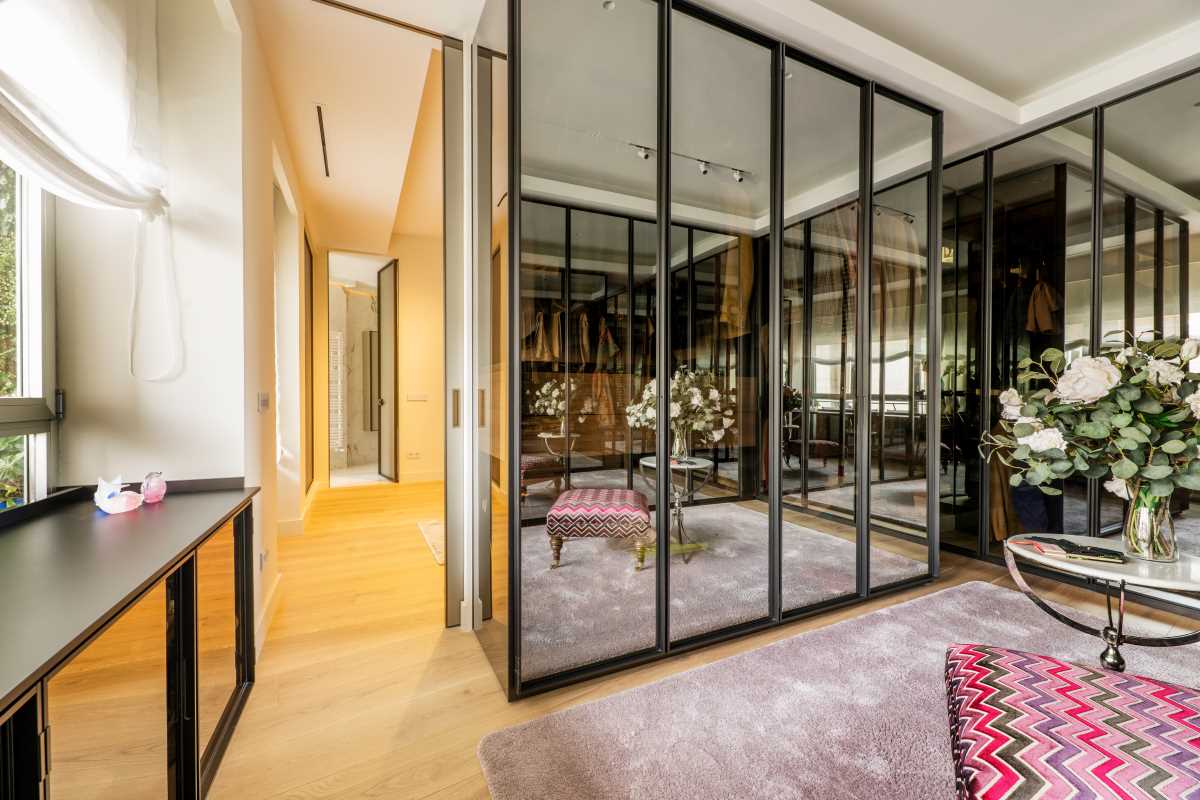Your alarm goes off, and as you sit up, your bed senses you're awake and automatically raises the blinds to let in the morning light. You walk into the kitchen, and your desk, knowing your workday is about to start, adjusts to the perfect standing height you prefer for your morning emails. This might sound like a scene from a futuristic movie, but it's becoming a reality thanks to smart furniture. This new generation of home furnishings is designed with integrated technology that allows it to interact with you and its environment. It's more than just a table with a built-in charger; it's furniture that learns your habits, anticipates your needs, and adapts to your daily routines, making your home more intuitive, efficient, and comfortable.
What Exactly Is Smart Furniture?
At its core, smart furniture is furniture that has technology embedded within it to provide functionality beyond its traditional purpose. This can range from simple conveniences, like a nightstand with a wireless charging pad, to highly advanced pieces that are connected to the internet and other smart devices in your home. The "smart" part comes from its ability to sense, process information, and act on it.
How does it work? Smart furniture typically relies on a combination of sensors, motors (actuators), and connectivity.
- Sensors: These are the "senses" of the furniture. They can detect things like presence (is someone sitting in this chair?), pressure (how is someone sitting?), and environmental conditions (what is the room's temperature?).
- Actuators: These are the muscles. They are the motors and mechanical parts that allow the furniture to physically change, such as a desk raising its height or a bed adjusting its firmness.
- Connectivity: This is the brain. Through Wi-Fi or Bluetooth, smart furniture can connect to a smartphone app or a central smart home hub (like Amazon Alexa or Google Home). This allows you to control the furniture remotely, set schedules, and have it interact with other smart devices.
The most advanced pieces use artificial intelligence (AI) and machine learning to analyze the data from their sensors over time. This allows them to learn your preferences and daily routines, so they can start to make adjustments automatically without you even having to ask.
The Benefits of a Home That Thinks with You
Integrating smart furniture into your home offers a range of benefits that go far beyond the initial "cool" factor. It's about creating a living space that is more responsive to your needs and enhances your quality of life.
One of the biggest advantages is improved wellness and ergonomics. A smart desk that reminds you to stand up every hour and automatically adjusts to your preferred height can do wonders for your posture and reduce the health risks associated with sitting all day. A smart bed can track your sleep patterns and adjust its firmness throughout the night to ensure you get the best possible rest. It can even gently raise your head to reduce snoring. This proactive approach to health is a game-changer, turning passive pieces of furniture into active partners in your well-being.
Convenience is another major plus. Imagine a coffee table with a refrigerated drawer, so you never have to get up for a cold drink during a movie. Or a sofa with integrated speakers and controls, creating an immersive audio experience without cluttering your room with extra equipment. Smart furniture streamlines your daily life by anticipating your needs and putting control right at your fingertips. Setting a schedule for your desk to lower at the end of the day or having your closet light up as you approach are small efficiencies that add up to a more seamless living experience.
Finally, smart furniture can be incredibly space-efficient, which is a huge benefit for those living in smaller apartments or homes. A single piece of furniture can serve multiple purposes. For example, a smart bed might lift up into the wall during the day to reveal a desk or a sofa, transforming a bedroom into a home office or living room. A dining table could retract to become a smaller coffee table when not in use. This adaptability allows you to make the most of every square foot.
Examples of Smart Furniture in Action
The world of smart furniture is expanding rapidly, with innovative designs appearing for every room in the house.
The Smart Bed: This is one of the most advanced pieces of smart furniture available. High-end smart beds can do much more than just track your sleep. They can feature dual-zone temperature control, so you and your partner can each set the perfect temperature for your side of the bed. They can connect to your smart alarm to gently wake you with a subtle vibration or by raising you into a seated position. Some even have sensors that can detect snoring and automatically adjust the head position to open up airways.
The Smart Desk: A must-have for anyone who works from home, the smart desk is the evolution of the standing desk. It can be programmed to remember your ideal sitting and standing heights, switching between them with a single touch or on a set schedule. More advanced models track how long you've been sitting and send reminders to your phone or computer to stand up and move. Some even have built-in wellness features, like subtle lights that mimic natural daylight to help regulate your circadian rhythm.
The Smart Sofa: The living room centerpiece is also getting a tech upgrade. Smart sofas can come equipped with built-in surround sound speakers, wireless charging pads in the armrests, and even temperature-controlled cup holders. Some modular designs can be reconfigured with a command from an app, changing from a traditional sofa to a chaise lounge or individual seats.
The Smart Kitchen Table: This piece transforms the kitchen from just a place to eat into an interactive hub. Some designs feature a built-in interactive surface that can act as a giant tablet. You could look up recipes, watch a cooking tutorial, or even let your kids play a game on the table's surface while you cook.
 (Image source: Midjourney)
(Image source: Midjourney) 





